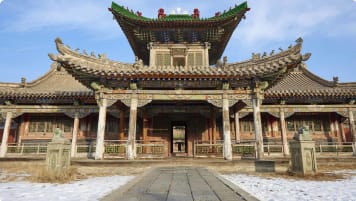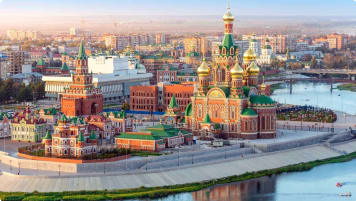The Trans-Mongolian Railway: Friendship and Animosity between Great Powers
Measuring 2080 kilometres, and situated between the borders of Russia’s far east and China’s North, the Trans-Mongolian railway is journey steeped in the history of great powers.
17 Feb 20 · 4 mins read
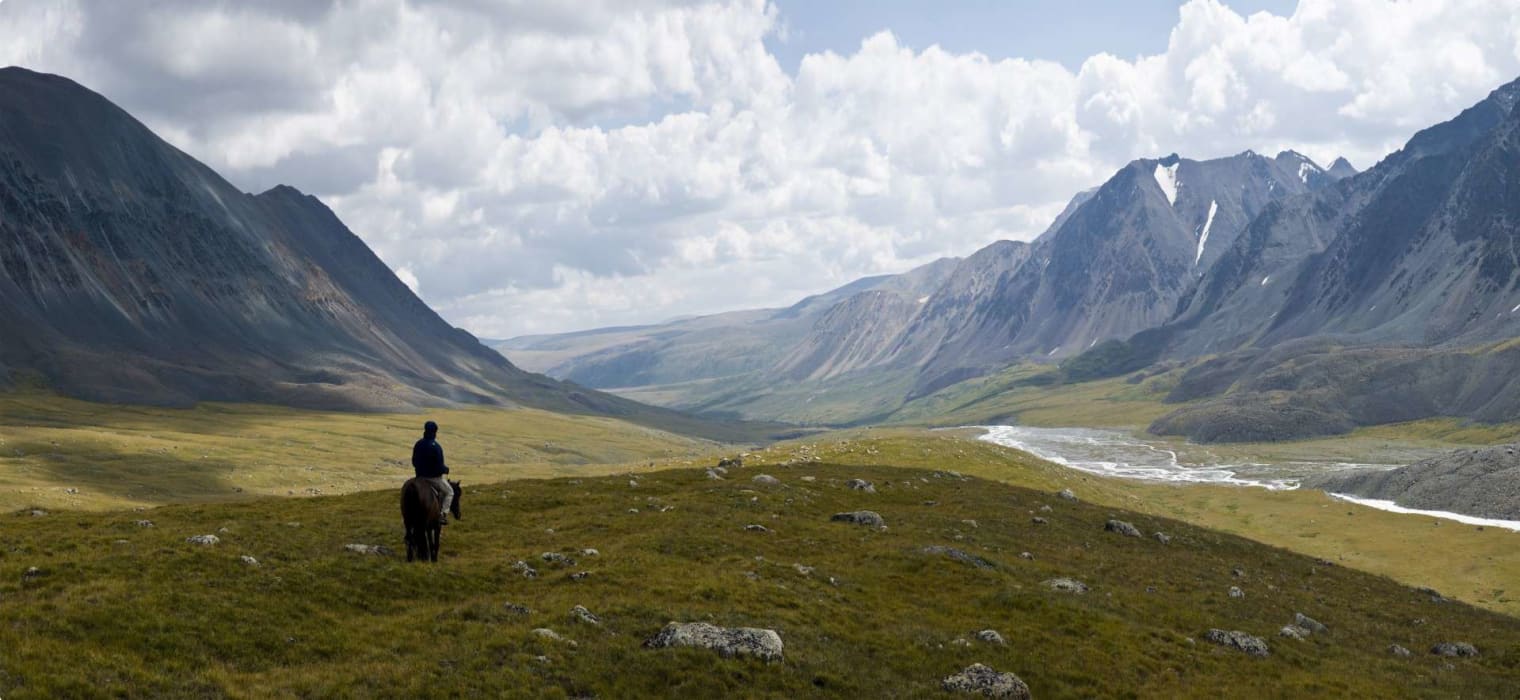
A Train between Civilizations
Measuring 2080 kilometres, and situated between the borders of Russia’s far east and China’s North, the Trans-Mongolian railway is journey steeped in the history of great powers. Its construction and operation being marked by the interplay between an industrializing, expansionist Soviet Union, and the newly emerging People’s Republic of China. Caught between the Sino-Soviet bloc’s core parties, the development of the Trans-Mongolian Railway served as a litmus test of the relations between the two great powers along their borderlands.
Impact of the Trans-Siberian Network
Connecting Moscow in the west with the city of Vladivostok in the east, The Trans-Siberian is the longest railway in the world at 9,289 km, traversing the city, taiga, steppes and passing by natural wonders like Lake Baikal. After its inception, the importance of the Trans-Siberian railway was noted by British geographer Halford Mackinder, the father of modern-day geopolitics. Mackinder’s ‘heartland theory’ hypothesized that the construction of the Trans-Siberian railway could mark the first time a land-based power could feasibly overturn the hegemony of the Western European states, who relied heavily on the sea lanes for their trade, prosperity and military power. Like the ancient silk road, Mackinder argued the Trans-Siberian railway could provide the Russian Empire with an infrastructure capable of exploiting the resources of its Siberian territory and linking it with the markets of the far east. In this view, Siberia represented the pivot of the Eurasian ‘world island’, and gave its owner the possibility of ruling the world.
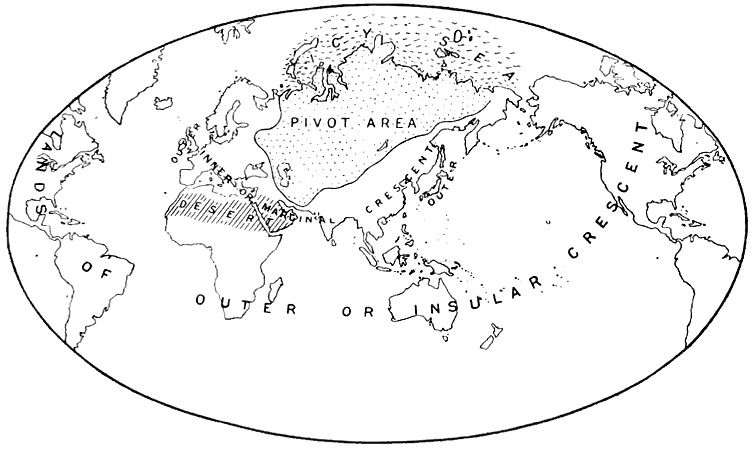
The Trans-Mongolian Railway
Following its announcement in 1936, The Trans Mongolian railway line began construction in 1947, shortly after the end of the second world war. The first part of the rail line linked Ulan Ude, near the Russian city of Irkutsk with the town of Naushki, close to the Russo-Mongolian border. This line was further extended into Mongolia proper, connecting the Capital of Mongolia, Ulaanbaatar to the network in 1949. This link served as a boon to industry and culture both, allowing resources and capital to penetrate deep into the Eurasian heartland and forging closer ties between Mongolians and their close ethnic relatives in Russian Buryatiya. In 1956 the rail first crossed the vast expanse of the Gobi Desert, forging a direct link between Moscow and Beijing, a real and symbolic show of solidarity from Red Square to Tiananmen Square. This success was short lived though, with the line closed off in the following decade due to friction between China and the Soviet Union, later reopening in the 1980s. This history of division is evident to this day between the Chinese and Russian railways, with different gauges forcing a switch at the Mongolian Chinese border.
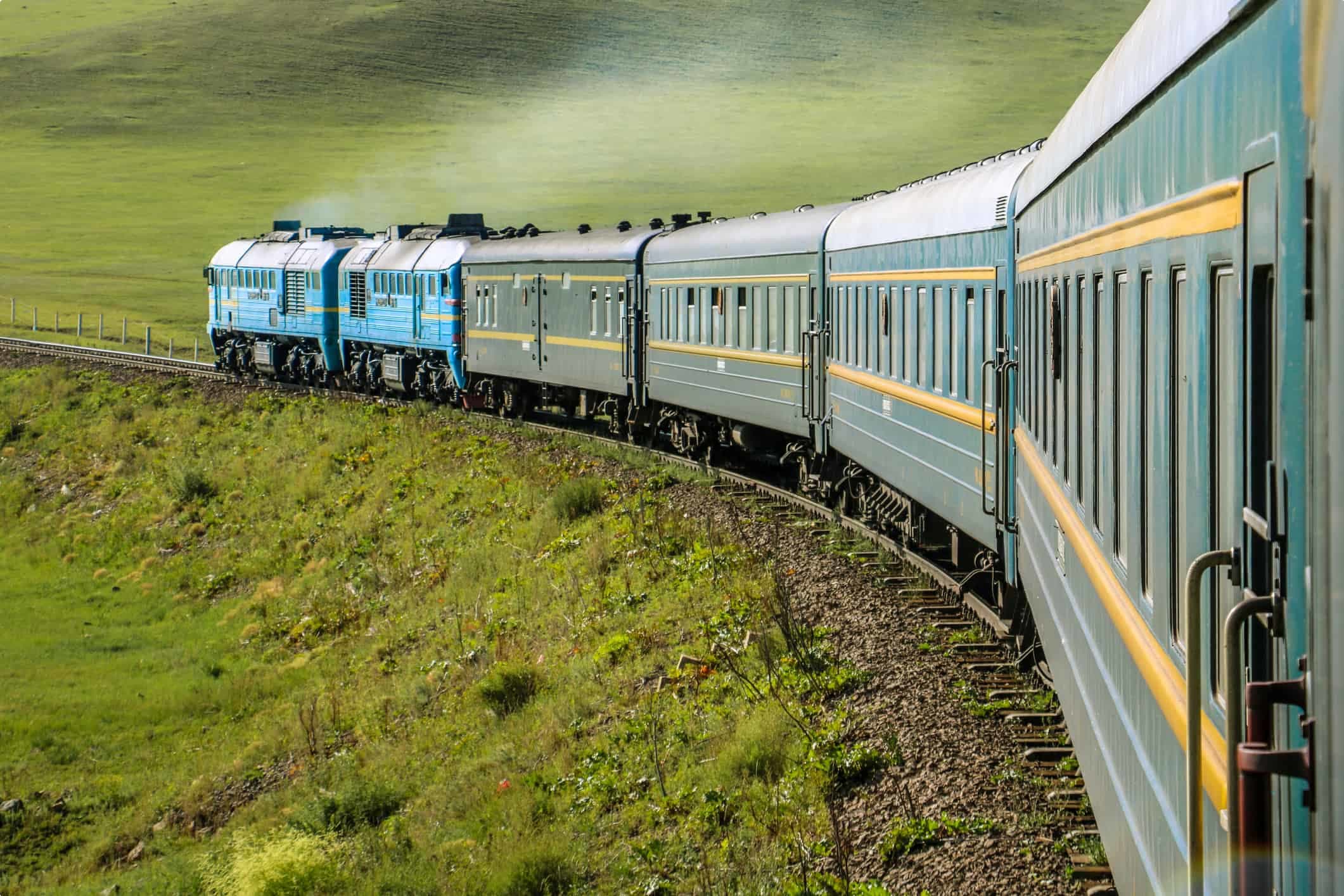
Spheres of Influence
The modern history of Mongolia has been marked by a cycle of independence and supplication, following the geopolitical ebbs and tides of the 20th century. In 1911 Mongolia declared independence from the Manchu Empire, with concessions in the 1915 treaty of Kyakhta granting it a degree of limited autonomy for the first time since the late 17th century. This autonomy was however, short lived, with a Japanese invasion in May 1939 prompting a Soviet intervention and occupation. With the outbreak of the second World War, the Soviet presence in the far east became further entrenched, with Stalin fearing Japanese entry into the war would force the Soviet Union into an unwinnable war on two fronts. In the post-war period, Soviet influence persisted, installing a puppet government that remained until 1990, despite accession into the UN in 1961.

The Sino-Soviet Split
The importance of Mongolia as a geopolitical hinterland became further entrenched following the 1949 victory of Mao Zedong’s communist forces in the Chinese civil war. Initially relations between the victorious Chinese communists and the Soviet Union were friendly, with trade, post-war reconstruction and expansion and connection of the Manchurian and Siberian railway networks marking a period of cooperation between the two communist powers. Despite this initial openness, disagreements between Mao and his Soviet counterparts grew before coming to a head in 1969, with China suspending the Trans-Mongolian and Trans-Manchurian railway links following a series of skirmishes between the two powers along the Ussuri River. This tension between the two great powers remained throughout the remainder of the cold war, though the railway was later reopened in the 1980s.
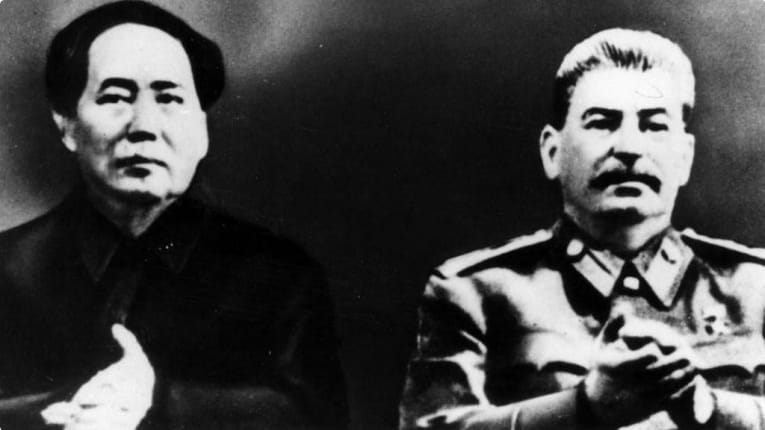
The Trans-Mongolian Now
In recent years, Mongolia has re-joined the ranks of independent nations following a pro-democratic upheaval in 1990. Following this democratic turn Soviet troops began to withdraw as Mongolia entered a new period, ushered in after the electoral victory of the Mongolian People’s Revolutionary party. The train remains to this day the most popular method of transportation in Mongolia, owing both to the lack of roads and other infrastructure, and to the sparsely populated nature of the landlocked nation. Whether you’re a local or a visitor admiring the landscapes, buildings, and flora and fauna, rail is an indispensable part of the scenery, culture and life in everyday Mongolia.
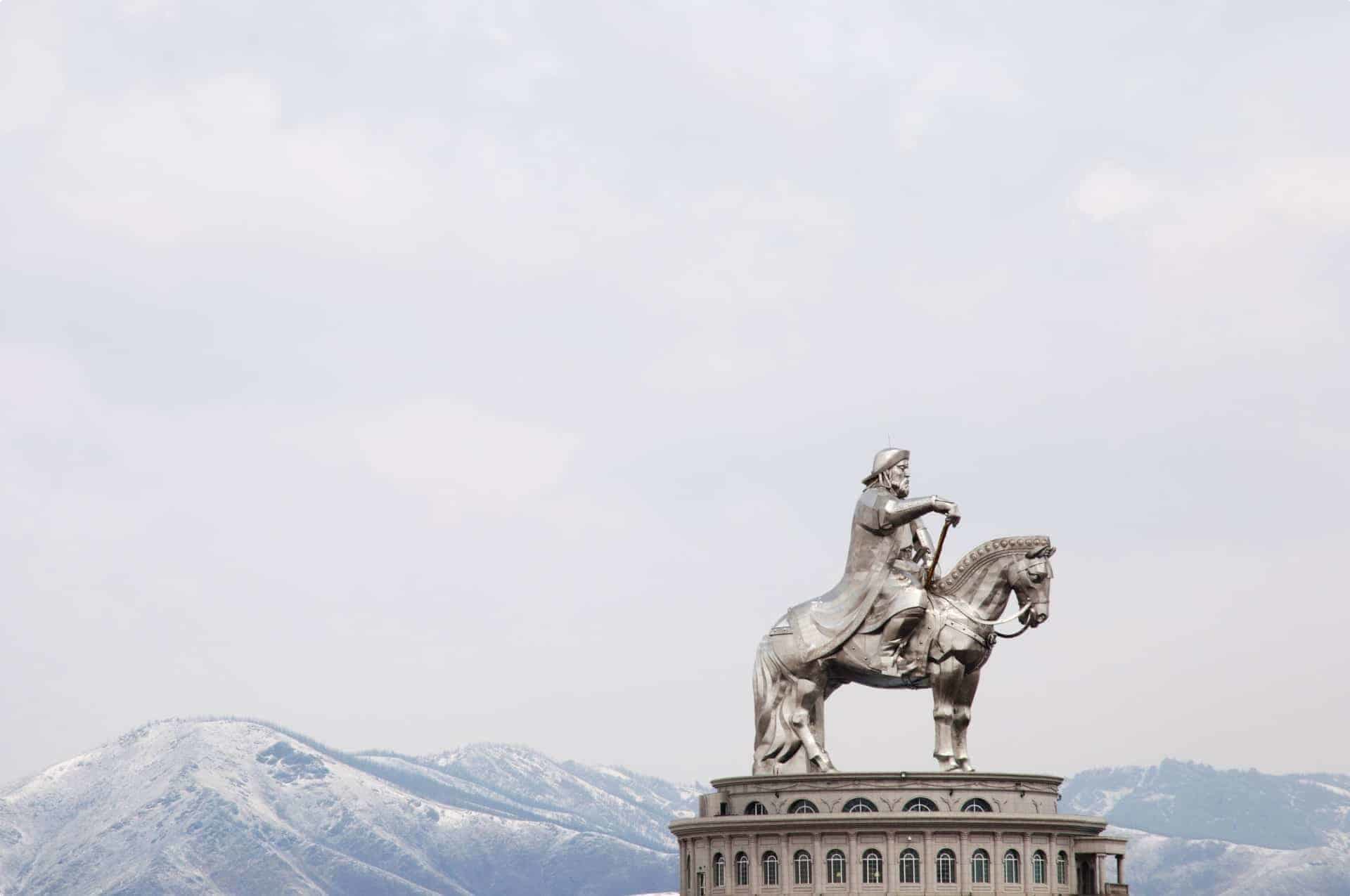
Articles about Mongolia or the Trans-Siberian railway published by Odyssey Traveler.
- A History of the Trans-Siberian Railway
- Dinosaurs and Dinosaur Fossils
- Trans-Siberian Landscapes and Wildlife
- Trans-Siberian Railway Travel Advice
- Questions about Mongolia
For all the articles Odyssey Traveller has published for mature aged and senior travellers, click through on this link.
External articles to assist you on your visit to Mongolia
- Nadaam Festival – The Three Games of Mongolia.
- From Yaks to Yurts: An Introduction to Mongolian Food.
- The Guardian: Film director Otto Bell on ‘Why I Love Mongolia’.
Related Tours
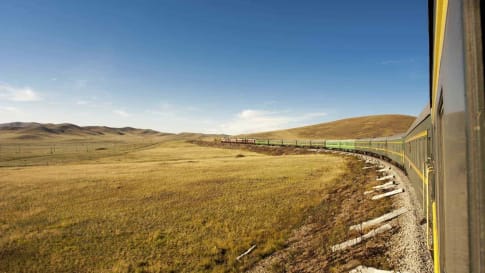
days
JulJourney through Mongolia and Russia small group tour
Visiting Mongolia, Russia
This escorted small group tour traverses this expanse, from Ulaanbaatar to St Petersburg; from the Mongolian Steppes to Siberian taiga and tundra; over the Ural Mountains that divide Asia and Europe to the waterways of Golden Ring. Our program for couples and solo travellers uses two of the great rail journeys of the world; the Trans Mongolian Express and the Trans Siberian Express.
From A$17,850 AUD
View Tour
days
Oct, MayHelsinki to Irkutsk on the Trans-Siberian Railway
Visiting Finland, Russia
Escorted tour on the Trans-Siberian railway network from West to East starting in Helsinki and finishing in Irkutsk after 21 days. This is small group travel with like minded people and itineraries that maximise the travel experience of the 6 key destinations explored en-route. Our small group journeys are for mature couples and solo travellers.

days
Apr, AugIrkutsk to Helsinki on the Trans-Siberian Railway
Visiting Finland, Russia
Escorted tour on the Trans-Siberian railway network from East to West starting in Irkutsk and finishing in Helsinki after 21 days. This is small group travel with like minded people and itineraries that maximise the travel experience of the 6 key destinations explored en-route. Our small group journeys are for mature couples and solo travellers.
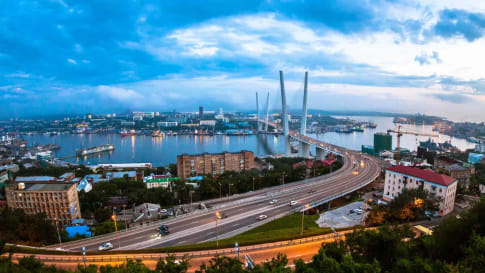
22 days
OctKrasnoyarsk to Vladivostok on the Trans-Siberian Railway
Visiting Russia
Mature and solo travelers group Travel on the Trans-Siberian Railway for 22 days covering the second half of the Trans-Siberian journey, from Vladivostok to Krasnoyarsk to Vladivostok on the edge of Siberian Russia Small group journeys with a tour leader, explores 5 key cities with local guides providing authentic experiences in each with stops of 2-3 nights.
From A$12,650 AUD
View Tour
days
Apr, AugVladivostok to Krasnoyarsk on the Trans-Siberian Railway
Visiting Russia
Mature and solo travelers group Travel on the Trans-Siberian Railway for 22 days covering the second half of the Trans-Siberian journey, from Vladivostok to Krasnoyarsk in the heart of Siberian Russia Small group journeys with a tour leader, explores 5 key cities with local guides providing authentic experiences in each with stops of 2-3 nights.


